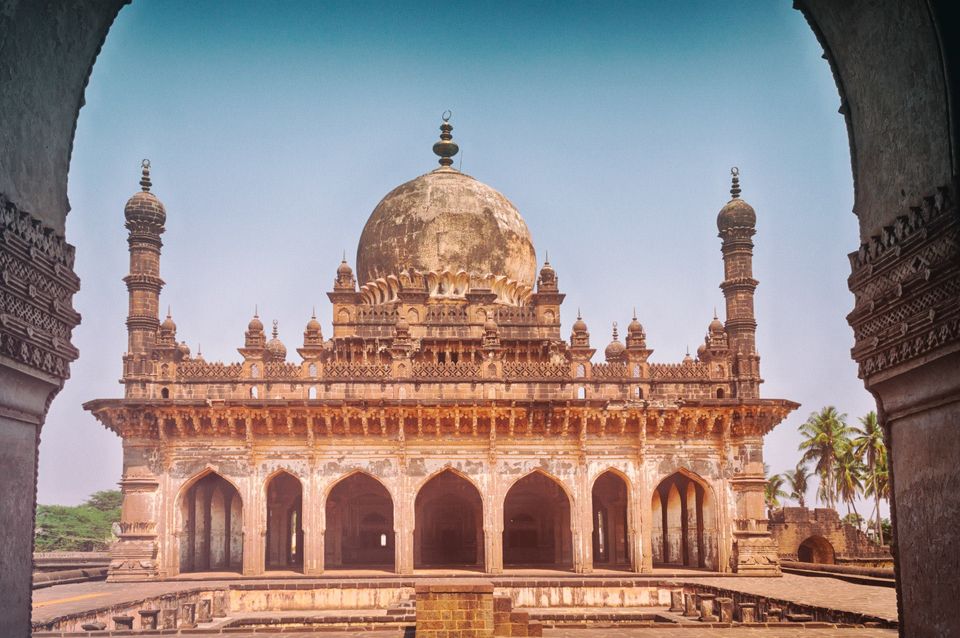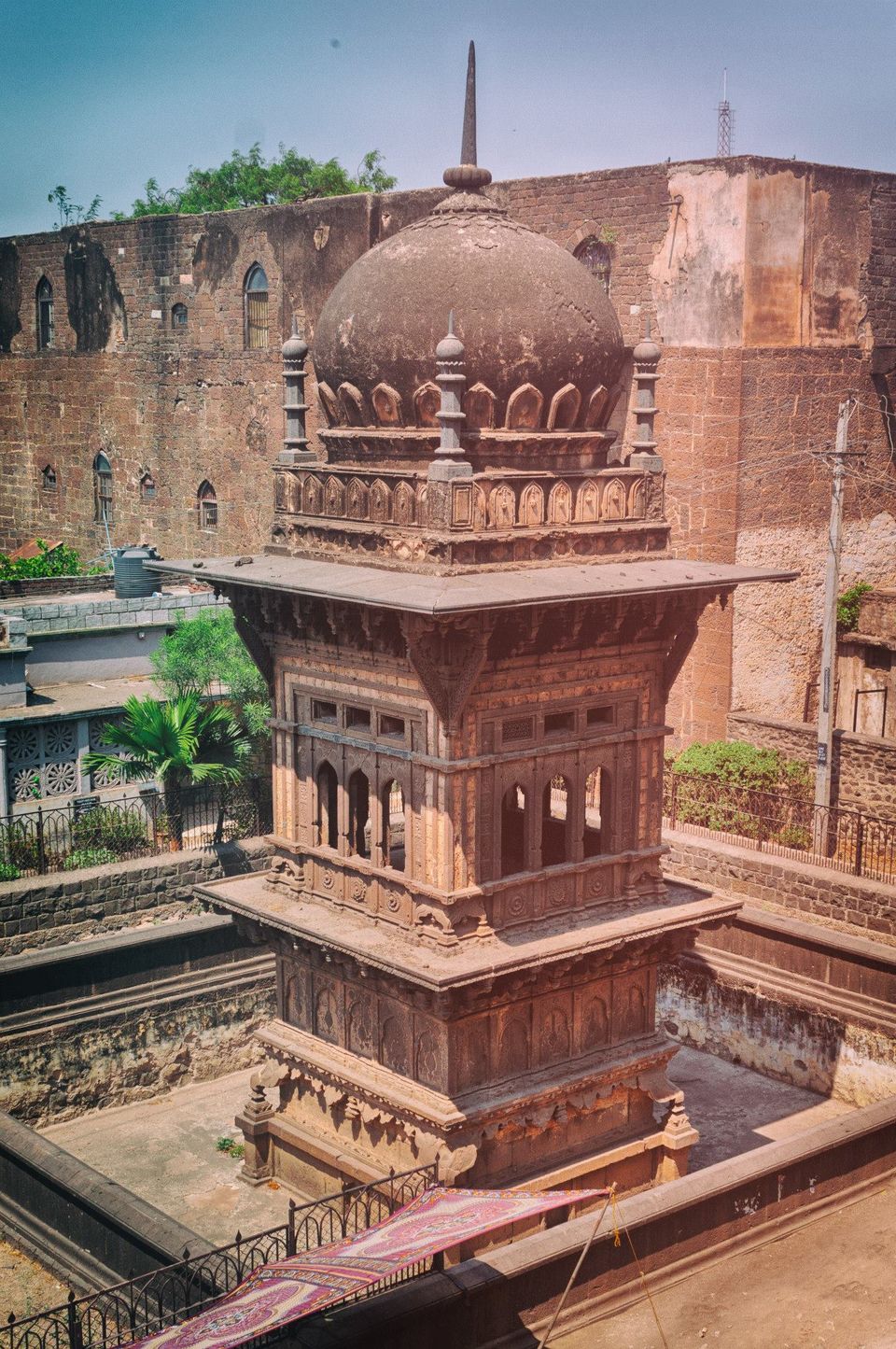













Vijayapur city, formerly Bijapur, is the district headquarters of Bijapur District of Karnataka state. It is also the headquarters for Bijapur Taluka. Bijapur city is well known for its historical monuments of architectural importance built during the rule of the Adil Shahi dynasty. Bijapur is located 530 km northwest of Bangalore and about 550 km from Mumbai, and 384 km west of the city of Hyderabad.
Bijapur, the land of five rivers and the domain of different cultures, is an ancient city. The city established in the 10th and 11th centuries by the Chalukyas of Kalyani was known as Vijayapura (City of victory). Bijapur was the biggest district place of the state with 11 taluks, but after forming bagalokote new district in 1997 Now it consists of five taluks viz. Basavan Bagevadi, Bijapur, Indi, Muddebihal and Sindagi.
The city was established in the 10th-11th centuries by the Kalyani Chalukyas and was known as Vijayapura (City of victory). The city was passed to Yadavas after Chalukya's demise. The city came under the influence of the Khilji Sultanate in Delhi by the late 13th century. In 1347, the area was conquered by the Bahmani Sultanate of Gulbarga. By this time, the city was being referred as Bijapur.
Beejpur literally means replete with seeds meaning Pomegranate, Beejpur is a Hindi word.
In 1518, the Bahmani Sultanate split into five splinter states known as the Deccan sultanates, one of which was Bijapur, ruled by the kings of the Adil Shahi dynasty (1490–1686). The city of Vijayapura owes much of its greatness to Yusuf Adil Shah, the founder of the independent state of Bijapur. The rule of this dynasty ended in 1686, when Bijapur was conquered during the reign of Mughal emperor Aurangzeb. In 1724 the Nizam of Hyderabad established his independence in the Deccan, and included Bijapur within his dominions. In 1760, the Nizam suffered a defeat by the Marathas, and ceded the region of Bijapur to the Maratha Peshwa. After the 1818 defeat of the Peshwa by the British in the Third Anglo-Maratha War, Bijapur passed into the hands of the British East India Company, and was assigned to the princely state Satara.
Bijapur district is historically, traditionally and legendarily, one of the richest districts in the state. The evidence found here reveals that it was an inhabited place since the Stone Age. Many places of this district have legendary history. The history of this district is divided into four periods, from the Chalukya acquisition of Badami till the Muslim invasion.
- Early Western Chalukya period lasting from about A.D. 535 to about A.D.757.
- Rastrakuta period from A.D. 757 to A.D.973
- Kalachuri and Hoysala period from A.D. 973 to about A.D.1200
- Devagiri Yadava period from A.D.1185 to the Muslim conquest of Devagiri in A.D. 1312.
Bijapur came under Muslim influence, first under Allaudin Khilji, the Sultan of Delhi, towards the end of the 13th century, and then under the Bahamani kings of Bidar in 1347. In 1347, when the Bahamani dynasty was established, it included southern and eastern parts of Bijapur district. The supremacy of the Bahaman's may be said to have ceased by 1489. At that time five Shahi Dynasties were born and one of them was „Bijapur‟. The Mughal emperor Aurangajeb conquered Bijapur in 1686 and it was under Mughal rule up to 1723. In 1724 the Nizam of Hyderabad established his independence in the Deccan and included Bijapur within his dominions. However, his acquisition on this portion was of brief duration, in 1760 it went into the hands of Marathas. In 1817, war broke out between the British and the Marathas. By 1818, the whole of Bijapur was occupied by the British and was included in the territory assigned to the Raja of Satara. In 1848 the territory of Satara was obtained through the failure of heir and the British rule started. Till 1884, the Bijapur district had headquarters at Kaladagi. Bijapur was made headquarters in 1885.
After Independence, the movement for re-organisation of States gained further momentum and on 1 November 1956 a separate „Mysore State‟ was formed. By the wish of the people it was renamed as „Karnataka‟. Thus, the district Bijapur along with other Kannada speaking areas became a part of „Karnataka State‟ on 1 November 1956.
Information Source: https://en.wikipedia.org/wiki/Bijapur

